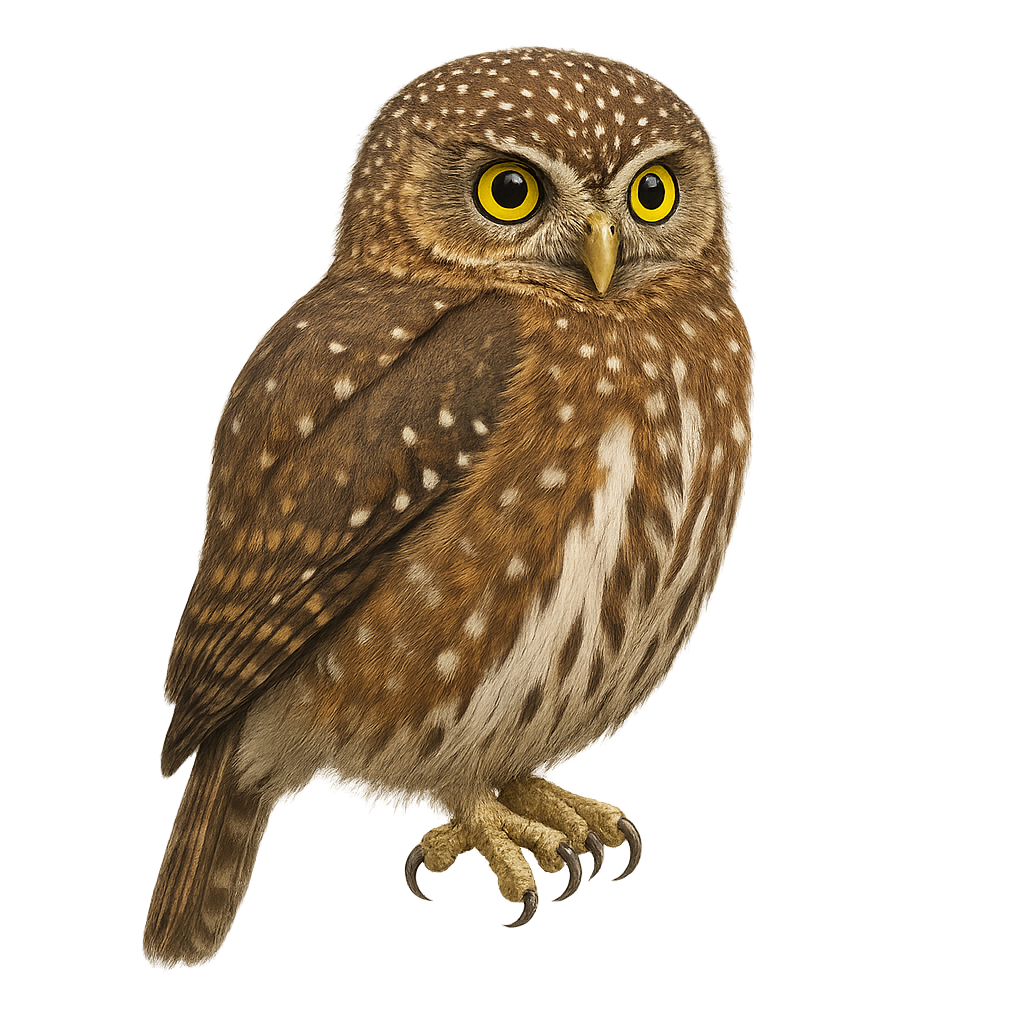Your wildlife photography guide.
Explore the costa rican pygmy owl in detail, study its behavior, prepare your shots.
Where to observe and photograph the costa rican pygmy owl in the wild
Learn where and when to spot the costa rican pygmy owl in the wild, how to identify the species based on distinctive features, and what natural environments it inhabits. The WildlifePhotographer app offers tailored photography tips that reflect the costa rican pygmy owl’s behavior, helping you capture better wildlife images. Explore the full species profile for key information including description, habitat, active periods, and approach techniques.
Costa Rican Pygmy Owl
Scientific name: Glaucidium costaricanum

IUCN Status: Least Concern
Family: STRIGIDAE
Group: Birds
Sensitivity to human approach: Suspicious
Minimum approach distance: 10 m
Courtship display: March to April
Incubation: 28-30 jours
Hatchings: April to May
Habitat:
Mountain forests, tropical rainforests
Activity period :
Mainly active at night, generally discreet during the day.
Identification and description:
The Costa Rican Pygmy Owl, or Glaucidium costaricanum, is a small nocturnal bird of prey found mainly in the mountainous forests of Costa Rica and Panama. It measures about 15 cm in length and is characterized by its brown plumage speckled with white, piercing yellow eyes, and round head. This species is known for its ability to hunt small mammals, birds, and insects, thanks to its exceptional night vision and silent flight. Although primarily nocturnal, it can sometimes be seen at dawn or dusk. The Costa Rican Pygmy Owl is a territorial, often solitary bird that uses tree cavities for nesting.
Recommended lens:
400mm – adjust based on distance, desired framing (portrait or habitat), and approach conditions.
Photography tips:
To photograph the Costa Rican Pygmy Owl, it is advisable to use a telephoto lens of at least 400 mm to capture detailed images from a distance. Look for dense forest areas where these owls are likely to perch. Be patient and discreet, as they are suspicious and may hide if they feel threatened. Shoot early in the morning or late in the afternoon to take advantage of the soft, natural light. Use a tripod to stabilize your camera and avoid blur.
The WildlifePhotographer App is coming soon!
Be the first to explore the best nature spots, track rutting seasons, log your observations, and observe more wildlife.
Already 1 429 wildlife lovers subscribed worldwide

